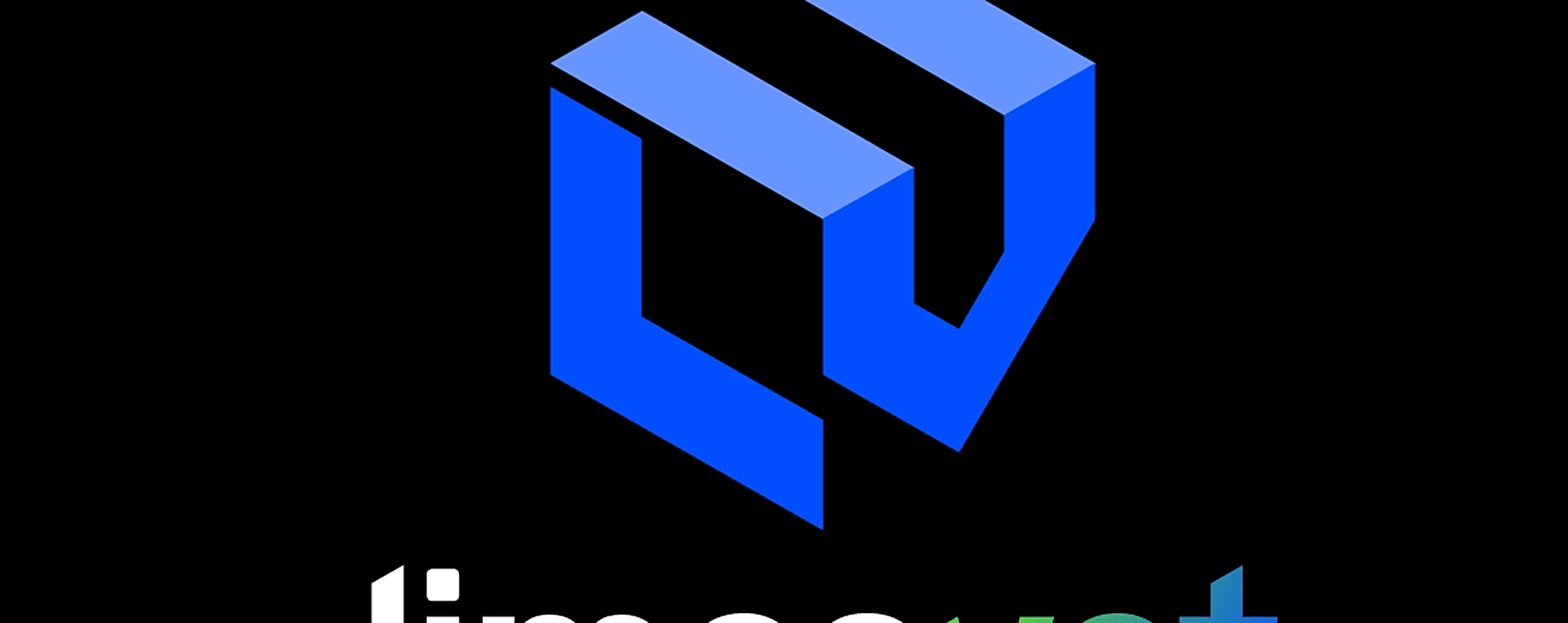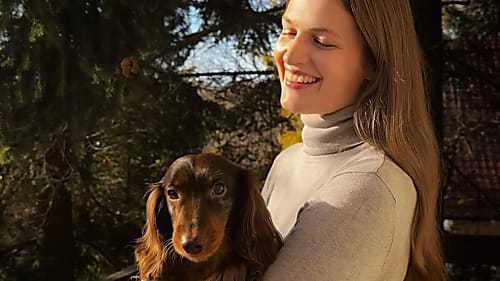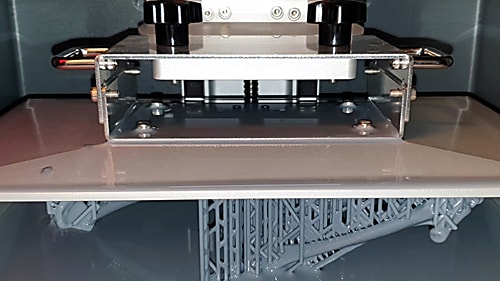However, cooks can only create the perfect menu in cooperation with other professionals, such as confectioners because it is the dessert that completes the meal. In addition, the place is just as important where guests go, not to mention the waiters who are in direct contact with them. Therefore, you can enjoy the result of harmonic teamwork when a delicious course is on your table. It has to be added that high-quality work requires appropriate circumstances too, meaning that the best tools can guarantee excellent results. All of these factors together provide you with moments of culinary joy at a top restaurant. LimesVet also started somehow like this.
Take a company dealing with architectural and vehicle models, Limes Model (now its name is Limes 3D Innohub), which is rather a 3D innovation workshop, hence the new name reflecting this development. In 15 years it has become the market leading modelling company in Hungary and it is also dominant in Central-Eastern Europe. The well-built technological background - including laser cutting and 3D printing - carried a lot of possibilities, far beyond focussing exclusively on the core business. 2020 was the year when everything changed. Not only in the world due to the pandemic but in the life of Limes too. Recognising that the company’s potential, the modern equipment, the colleagues’ professional expertise and attitude encode much bigger opportunities, Limes started to open to other industries. One of these is veterinary medicine connected to which we started a development process - in the first phase, it was exclusively aiming at fulfilling the requirements of a tender we won.
Take a vet, Dr Kalman Czeibert, who is a pioneer in his field and is eager to continuously renew and develop himself. His anatomical knowledge is unquestionable and he participated in world-class projects in the course of his research career. Furthermore, he is also interested in 3D modelling and bioengineering, so basically he taught himself to use a lot of modelling, slicing and engineer design software and he also immersed himself in the practical application of 3D printing.
Take an animal clinic which is owned by prominent veterinarians in Hungary. FuzioVet Animal Hospital is excellent internationally too, both in terms of its equipment and professional work. The owners run the hospital with a modern approach, keeping constant development in mind, which also includes the use of innovative solutions in the treatment of small animals.
Going back to the analogy of recipes, the high-quality ingredients are given: 3D technological background, anatomical and 3D design knowledge and clinical experience are all present at the same time. It is a strong enough combination to create something extraordinary in the field of veterinary medicine.
So, we started within Limes 3D Innohub with the excitement of fulfilling the tender requirements and enjoying the professional help of FuzioVet Animal Hospital. Then, in 2021 Kálmán joined us as research and development manager. Our conversations gave birth to loads of new ideas as to how we could support vet’s work more. Looking at our list we recognised that the majority of the ideas were feasible and could meet relevant needs. Therefore, we thought that it would be worth continuing the developments more seriously and to take the results to the market. Hence, in December 2021 we founded a new company, LimesVet.
Our main aim has always been to contribute to the adoption of personalised veterinary medicine by applying 3D design and technology. We keep working on this every day and we help the work of vets with our developments.








